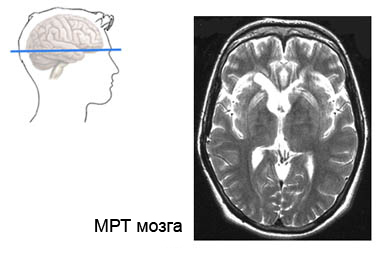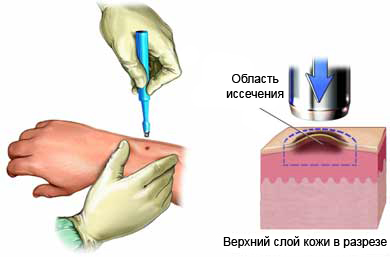Batten Disease – Neural voskovidnyj lipofuscinoz
Batten Disease description
Batten disease is the most common form of a group of rare disorders known as neural voskovidnye lipofuscinozy (NV). Batten Disease – hereditary genetic disease, that causes the buildup of lipopigmentov in the tissues of the body. Batten Disease refers to the initial form NV, but other forms of NV can also be diagnosed as Batten disease. About 2-4 out of every 100000 born to suffer disease data. Forms include:
- Lipofuscinoz newborn;
- Late infantile form NV;
- Children form NV;
- Adult form NV.
Batten disease causes
Batten disease is called genetic disorders, which are associated with the generation and use of certain proteins of the organism. The disease leads to the accumulation of fats and proteins, called lipopigmenty in the cells of the brain, eye, skin and other tissues.
Researchers have made progress in identifying defective enzymes and mutated genes, underlying these violations, but it's not yet known, What kind of mutated gene causes a build-up of lipopigmentov.
Batten disease risk factors
Factors, increase the likelihood of developing Batten disease:
- Batten Disease presence of parents;
- Children of parents, who does not suffer from the disease of the Button, but carry the defective gene.
Batten disease symptoms
Batten disease symptoms include::
- Loss of sight (an early sign of) and blindness;
- Inconsistency of muscles;
- Intellectual disability or weakening of mental function;
- Emotional disturbances;
- Convulsions;
- Muscle spasms;
- The deterioration of muscle tone;
- Problems with movement.
Batten disease symptoms are similar for each disease. Nonetheless, time of occurrence, the severity and rate of progression of symptoms may vary depending on the type of disease:
- Lipofuscinoz newborn (Santavuori-Haltia syndrome) – symptoms begin to appear between the ages of six months to two years, and rapidly progressing. Children with this type of the disease usually live up to the middle of childhood (about five years), Although some survive in a vegetative state for a few years longer.
- Late infantile form NV (disease Bilshovskogo-Yanskiy) – symptoms appear between the ages 2-4 year and quickly progressing. Children with this type typically live to age 8-12 years.
- Children form NV (Shpilmejera-Vogt disease-Batten) – symptoms begin to appear between the ages 5-8 years and not progressing as fast. Patients typically, live until late adolescence or before 20 years of age, and in some cases, in up to 30-minute.
- Adult form NV (Kufsa Disease) – symptoms usually appear before age 40 years. Symptoms progress slowly and, usually, Soft. Nonetheless, This form of the disease shortens human lifespan.
Diagnosis of Batten disease
Batten disease is often difficult to diagnose, because it is quite rare. Vision problems are often – the first symptoms. Therefore, the initial diagnosis can be made with the eye examination. To confirm the diagnosis run tests:
- Testing, to search for signs of building lipopigmentov:
- Blood tests;
- Urine;
- Tissue biopsy (skin and rectal) to study under an electron microscope;
- Photographing, to find specific brain abnormalities:
- MRI scan – test, which uses magnetic waves, to take pictures inside the body;
- CT scan – type of X-ray examination, wherein the computer is used, to take pictures inside the body;
- Electroencephalogram (EEG) – test, allows you to record brain activity by measuring electric current, passing through the brain;

- Electrophysiological studies of eye – to look for vision problems, associated with disease;
- DNA analysis – to search for deviations, that can cause disease.
Batten disease treatment
There is no treatment, in a position to stop the progression or Batten disease complications. Therefore, treatment is aimed at reducing symptoms.
Patient, who are prone to seizures, can be assigned to anticonvulsants, to control seizures. Besides, physical and/or occupational therapy can help patients continue to operate for a longer period of time.
One of the methods of experimental therapy – intake of vitamins c and e in conjunction with a diet low in vitamin a. This can slow down the progression of the disease in children, However, There is no evidence, that the progression of the disease is stopped. It is necessary to consult a doctor, before applying this therapy.
Very early beginning of stem cell treatment for infantile and child form is currently under research. There is hope, that they or other forms of genoterapij can be effective in treating disease and Batten-Yanskiy Bilshovskogo.
Batten disease prevention
There are no known ways to prevent disease Batten. Batten disease or if there is defective genes can be consulted with geneticist in deciding to have children.

